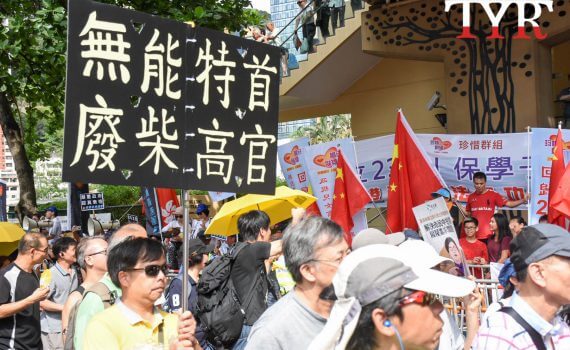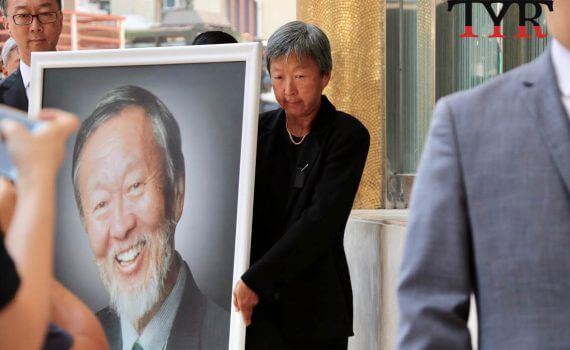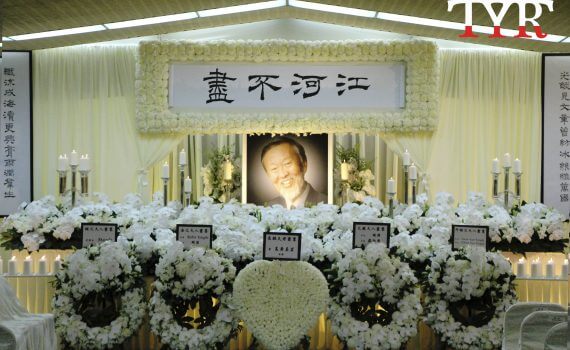Society

A drive through the newly opened Wan Chai Bypass and Island Eastern Corridor
- 2019-01-21
- Society
- The Young Reporter
- By: Anna KamEdited by: Rachel Yeo
- 2019-01-21
The Wan Chai Bypass and Island Eastern Corridor opens today, costing $36 billion dollars to build. The project began in December 2009 and aims to reduce traffic from the eastern corridor towards the city’s central area, which has previously been a problematic area for traffic during rush hour. This is caused by drivers and passengers going back to the Kowloon side via the Cross Harbour Tunnel and surge of traffic going towards the Sai Ying Pun area from Causeway Bay. Passengers that go by the route from the eastern corridor to the west side often have a 30 to 45 minute wait between 5:00PM to 7:30PM. Roads have now been changed in order to accommodate the brand new tunnel. One of our reporters drove through the tunnel this afternoon, taking about 5 minutes to drive through the entire 4.5km tunnel, with generally smooth traffic. However, the final "test" that should occur would be during the rush hours in the morning and evening. During the drive, there were no clear instructions indicated on switching lanes within the tunnel was not allowed, giving the Wan Chai North (going to the Wan Chai Convention Center) only one lane, but three lands while heading out to the western side of the island. Despite the three lanes leading up to the western side, there was also no clear route that connects the Western Crossing harbour Tunnel since the exit is currently closed. One of the main aims of the tunnel was to divert the traffic from the Cross Harbour Tunnel to the Western Crossing Tunnel and the Eastern Harbour Crossing. However, the unclear instructions and unopened roads made it very difficult to get to the Western Harbour Crossing. Overall, the experience of driving through the tunnel was smooth, despite some minor changes in the directions and some exits of the tunnel remaining closed.

July 1 protest with new starting point draws less crowd
- 2018-07-01
- Society
- The Young Reporter
- By: Katherine Li、Vanessa Yung、Nadia LamEdited by: Michael Shum、Holly Chik、Michelle Ng
- 2018-07-01
This is the second year the starting point of the July 1 march has been changed to the Central Lawn of the Victoria Park while the number of participants continues to drop. About 50,000 people joined the rally this year as the organiser reported, while the police claimed there are 9,800 people at peak, which was the lowest since 2003. For the second consecutive year, the organiser failed to reserve the soccer pitches as the starting point due to the handover celebration organised by The Hong Kong Celebrations Association. The application to assemble at East Point Road also failed later. Au Nok-hin, the vice-convener of the Civil Human Rights Front, called for citizens not to join the rally at East Point Road. He claimed that the participants could join at the Hysan place or Wan Chai Computer Centre instead. "I am worried that the police will find opportunities to arrests citizens in East Point Road. I know that there are already dozens of police there. The grip placed on protests have definitely tightened," Mr. Au said before the protest started. As TYR reporters observed, the participants could join or leave the rally freely during the march. However, in some places with crowd control barriers in place, people are not allowed to enter. According to the Leisure and Cultural Services Department, The Celebrations Association was given priority since it is a registered charity group under the Inland Revenue Ordinance. Different parties have different complaints towards the government. In regards to democracy, Martin Lee, founder of the Democratic Party in Hong Kong, believes that Carrie Lam is not doing enough. "My greatest complaint about the current government is that this chief executive has done nothing, nothing in this past one year, about democracy," said Mr. Lee. "The Basic Law has been interpreted by the …








